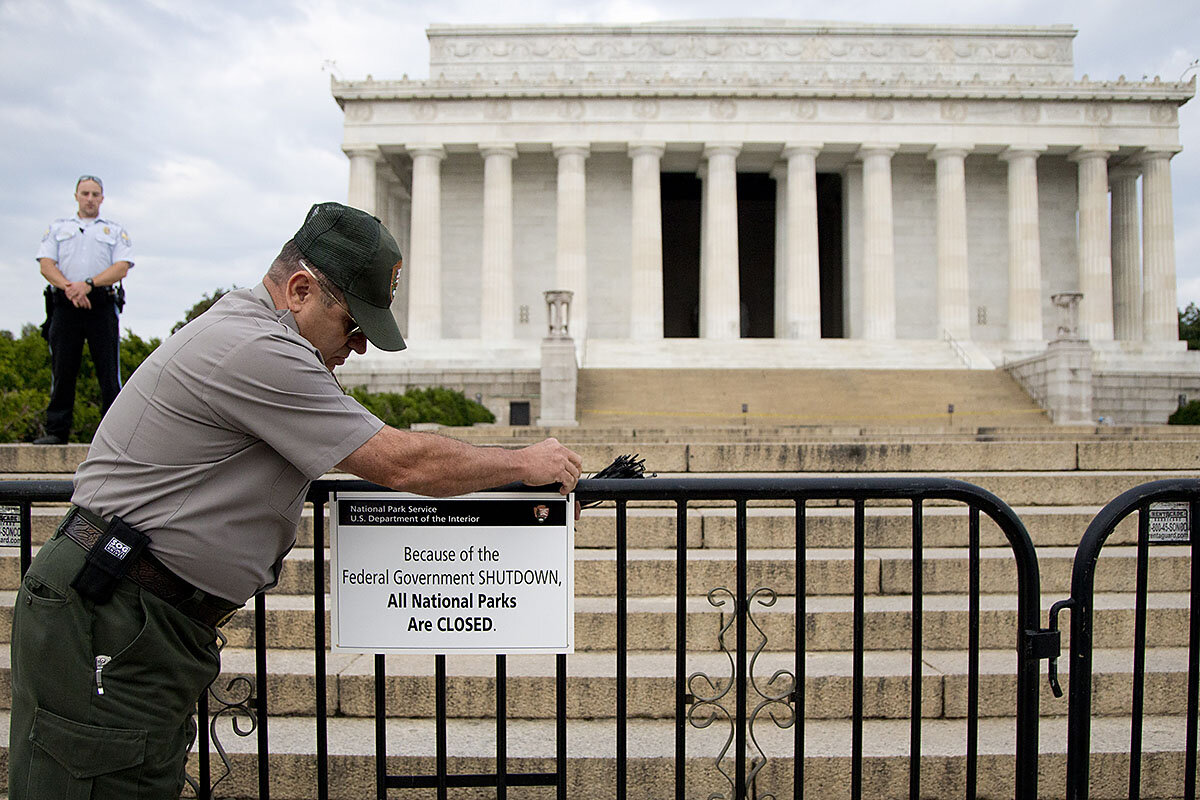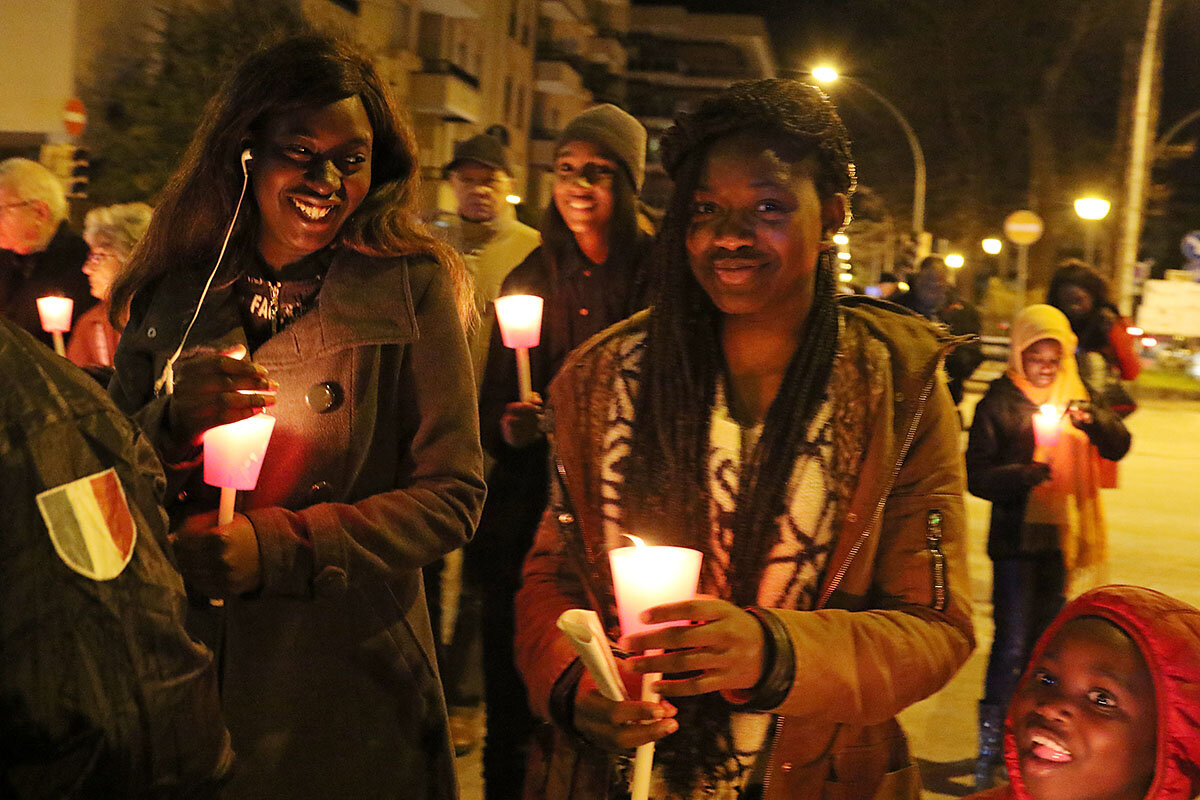The political battle over authorizing a new federal budget versus immigration reform might be looked at as fiscal responsibility versus security and compassion. Can Washington reconcile those goals?
Monitor Daily Podcast
- Follow us:
- Apple Podcasts
- Spotify
- RSS Feed
- Download
 David Clark Scott
David Clark Scott
You may not have heard – or you may have chosen not to watch – but there’s an important court hearing under way in Michigan. It’s both disturbing and inspiring.
Former USA Gymnastics physician Larry Nassar pleaded guilty to 10 charges of sexual abuse. Now, he’s facing almost 100 of his victims – including several Olympic gold medalists. The sentencing hearing is a platform for pain, shame, graphic descriptions, and for exposing the chronic failure to stop the abuse.
But it’s also a forum of great courage, strength, and healing.
“Little girls don’t stay little forever,” said Kyle Stephens defiantly, after describing Mr. Nassar’s abuse. “They grow into strong women who return to destroy your world.”
The moral contours of this story resemble the child abuse by Roman Catholic priests, by Penn State football coach Jerry Sandusky, and, as we report below, similar crimes now found in Grades K-12. In this case, the broken trust and inexcusable impunity fall at the feet of the medical profession, a university, and the USA Gymnastics program.
Amanda Thomashow told her abuser: "You didn't realize that you were building an army of survivors, an army of female warriors" seeking justice.
Nassar will be punished. But Michigan State University, USA Gymnastics, and the US Olympics Committee bear a responsibility to make effective changes to protect young athletes.
An army of survivors will be watching.
Now on to our five stories selected to illustrate paths to progress in dealing with immigrants, child abuse, and transportation.












